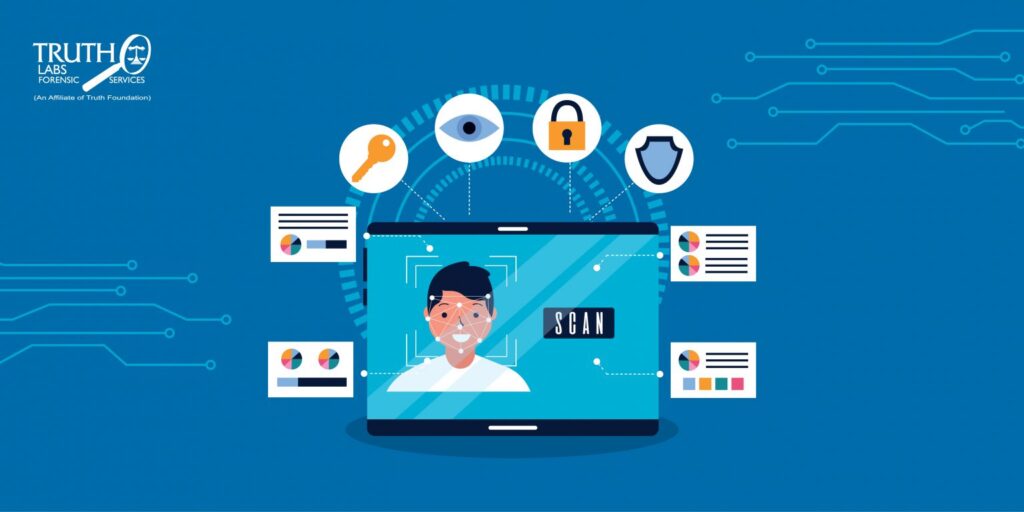Recent Global meeting of INTERPOL
The meeting held in 22nd October at Delhi highlighted the global crime trend in 195 member countries to map out current and emerging threats worldwide. Financial and cybercrimes are found to be the world’s leading crime threats and also those projected to increase most in the future. The findings that are part of INTERPOL’s first-ever Global Crime Trend report saw more than 60 per cent of respondents rank crimes such as money laundering, ransomware, phishing and online scams as high or very high threats which are prone to increase in the next three to five years.
Most disturbing is perhaps the related rise in online child sexual exploitation and abuse (OCSEA), which 62 percent of respondents expect to increase or significantly increase – the third highest-ranking future crime threat. The demand for, and production of, OCSEA materials also increased significantly during the pandemic. While drug trafficking has traditionally dominated crime threat lists, cyber- enabled financial crime has increased precipitously in recent years, notably throughout the pandemic and during and following lockdowns, rates of digitalization accelerated, with professional and personal activities performed almost exclusively from home and online.







